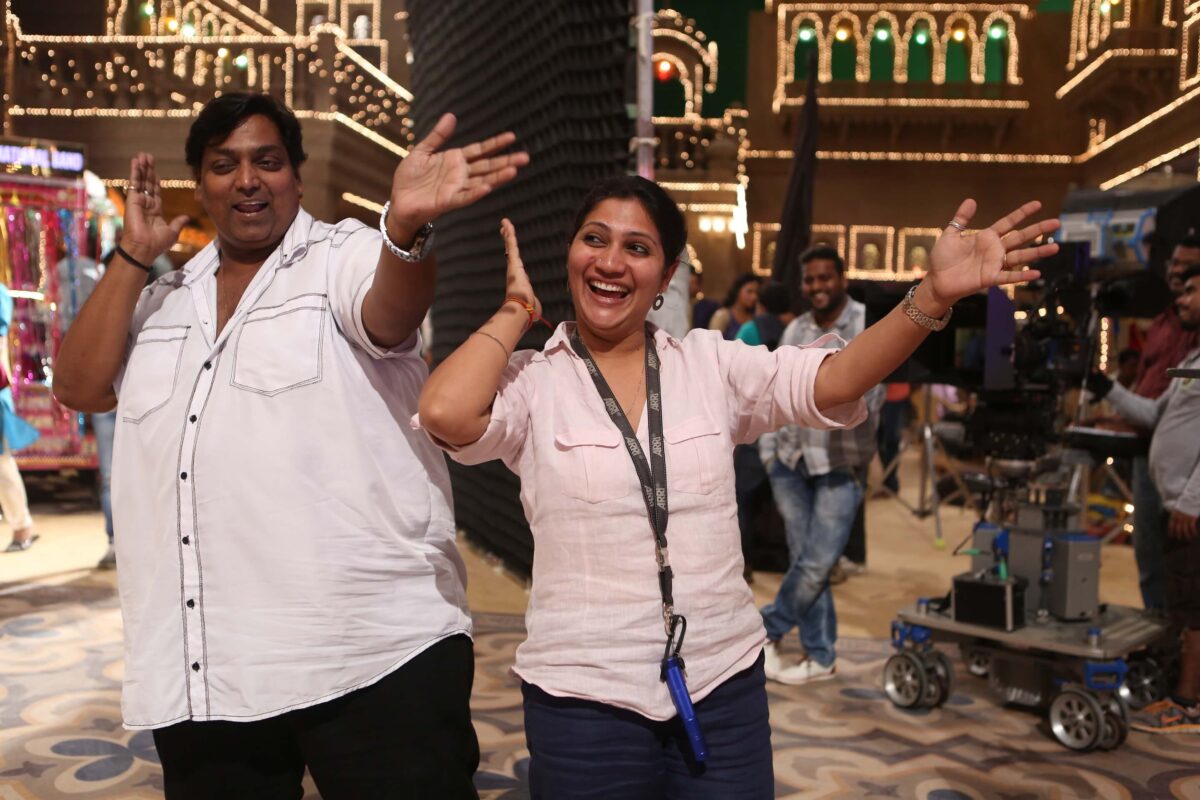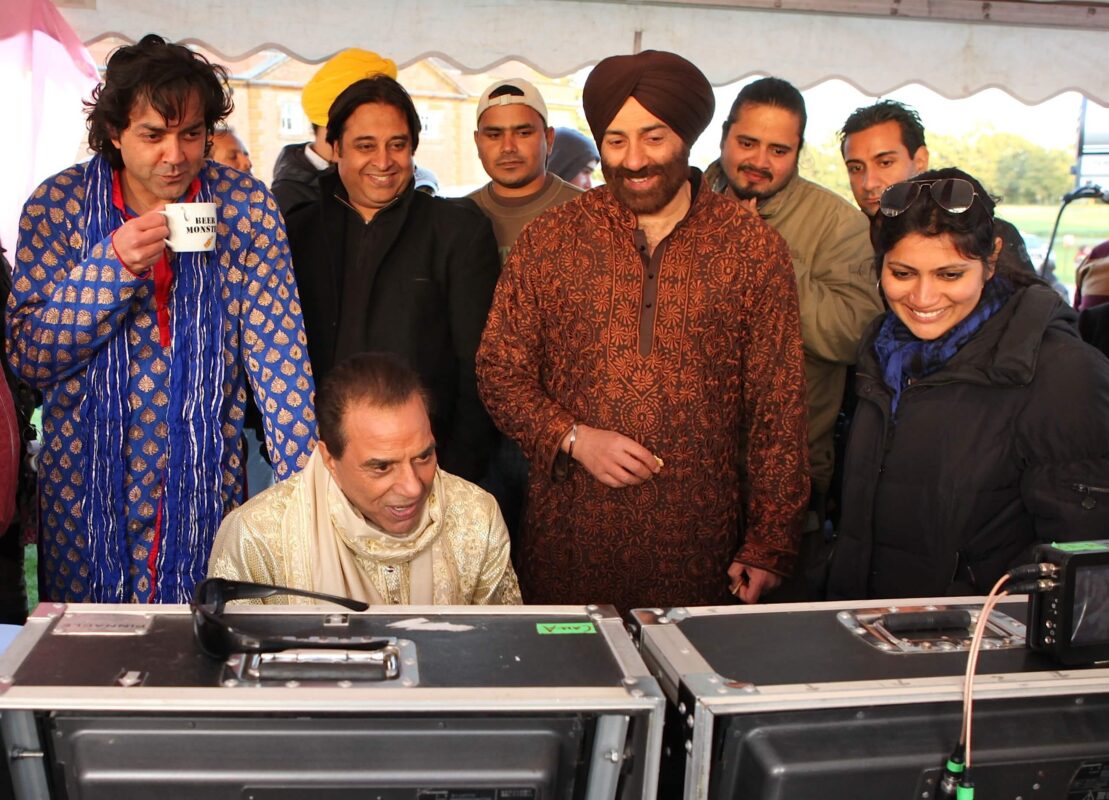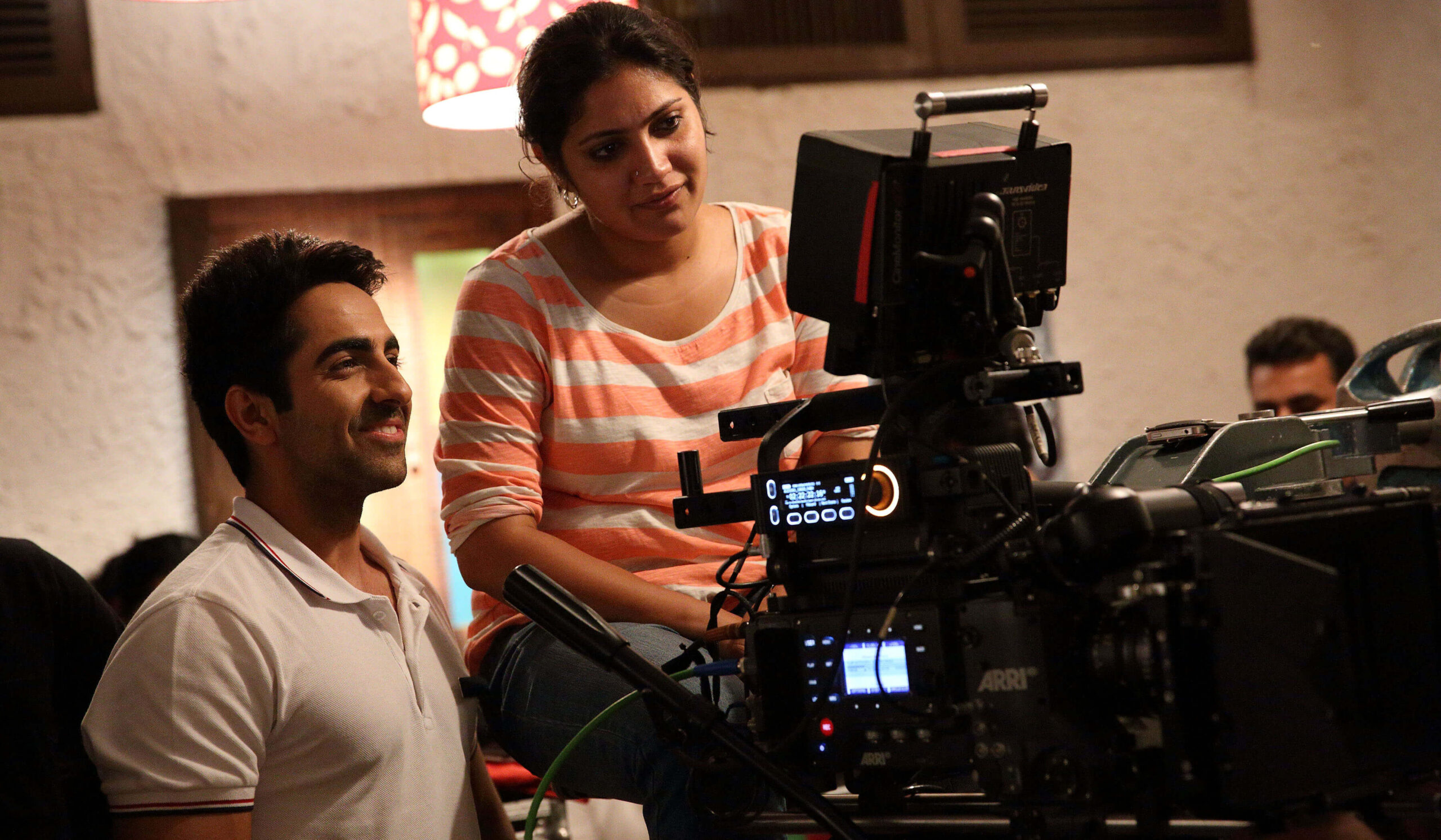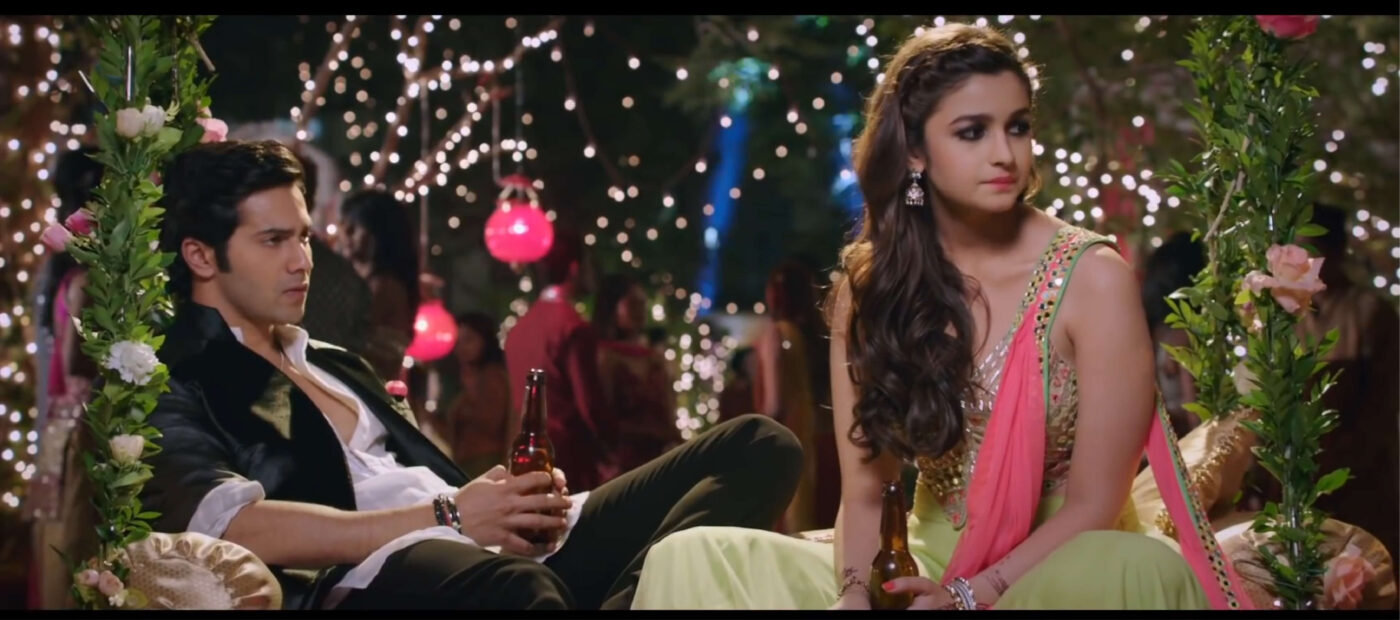Design, Featured category
The art of framing
ISSUE: 129

After more than 15 years behind the camera, Neha Parti Matiyani remains a keen student of cinematography and often relies on instinct to create the visual language of a film

How were you drawn to filmmaking?
NM: I am not one of those people wh dreamed of being in the film industry as a child; my love for images, moving images, story-telling and film-making was a gradual progression that started from an interest in studying communication. While I was pursuing my graduation in mass communication, I worked in a production house that made non-fiction films. I worked as a researcher, script writer, cameraperson, editor and director for multiple projects. Wearing multiple hats at such an early stage gave me a really good overview of the film making process and helped me get clarity about where I saw myself fitting into this collage of jobs and people that are needed to tell stories. I was drawn and hooked to the power of visuals and the impact images can have on the human psyche.

What is most important while shooting action?
NM: Action is one aspect of shooting that needs to be understood in a context that is slightly different from any other storytelling; my understanding of how to shoot action started from my experience of working on ‘Ghajini’. I was an associate to Ravi K and he has a great deal of faith in his team and that in turn gives you the confidence to take on challenges that help you grow as a technician and as a creative person. For many of the action sequences I operated the second camera and what I realized when I would watch Ravi K operate was that the most important thing in action cinematography is framing – everything else can come later. Great framing comes from great anticipation – you need to be just about half a step ahead of the action.

How do you balance the commercial and creative aspects of your work?
NM: These are two parts of the job that I try to keep mutually exclusive. For me the creative part of the job is primary and everything else is secondary and hence the balance for me often ends up erring on the side of caution of creativity rather than commercials. Having said that we must all realize that we have bills to pay and we need to cover our bases on that front. So, just as I balanced my answer to this question, I hope to be able to carry this balance to my work.

Purchase Designindia 130 here. Read the digital copy of Designindia on Magzter, or POOL App which you can download from AppStore, Google Play.

